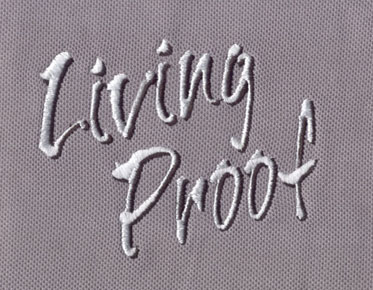7 Tips for Embroidery on Flannel
As the fall and the winter comes, our family will be bringing out flashier dresses to make a pumpkin patch, Christmas decorations, and Christmas pyjamas. If you would like to learn how to make embroidery on a flange, the following content has some reference value for Eagle digitizing.
Embroidery Skills on Flannel
1. Choose high -quality flannel
Not all flaws are equal. Instead of normal wear, let alone use the embroidery machine to support repeated acupuncture with the embroidery machine.
In addition, more elasticity, larger thickness, and tightly weaving flange velvet will better support more intensive and more complex designs.
2. Pre -washing fabric and drying as
expected
Like most cotton fabrics, flavors will shrink when washing and drying.
Therefore, if you embroidery on the flavors and finally plan to wash, please save your heartache by pre -washing and drying before the hoop and embroidery. Moreover, if you notice that your flaw cannot support the embroidery design well, then another choice that increases the stiffness is to iron a layer of interface on the back of the fabric
3. Appropriate stabilize
If your flange is stretched, or you are choosing a design with a higher number of needles or density, avoid the tear stabilizer.
High -quality cutting or no display mesh stabilizer will better support the design and reduce the wrinkles and pulling of the edge of the embroidery design.
It is not the most likely when I do not appear when I am embroidered on the flange. In addition to providing higher stability, ironing on the stabilizer makes the hoop easier.
Just make sure to use enough stabilizers on the back to integrate the entire hoop area.
If you have a low -pin design or high -quality and stable flange, you can try to tear the stabilizer. I prefer a soft tear stabilizer because it provides more support, but it is still torn clean enough.
Finally, if you intend to embroidery on the flange shirt or other items to be worn, consider adding an embroidery back to the back of the design. This will prevent it from scratching the wearer.
4. Consider the cap
Although it is not necessary in most cases, if there is a little fluff on the top of your flange and you noticed that the needle foot is lost in it, please consider adding water -soluble heads before starting embroidery.
5. Choose the right design
Flower design, interweaving letters and
other low -pins embroidery design are definitely suitable for the thick filling
design of the flanged embroidery project? Well, you may not always get the
result you want. If you really want to use a dense design, consider using the
embroidery program to reduce the number of needles.
6. Use the correct consumables
First, choose your favorite machine embroidery line: artificial silk, polyester, cotton, and even special lines.
Unless the back of the Fraranian velvet is visible, you can use a neutral -color machine embroidery line axis.
Then, choose the right needle to correspond to the weight of your line and flange.
75/11 embroidery needle is the first choice for most of my embroidery projects. If I use metal lines or other special threads, I may switch to larger open seams or metal needles.
In addition, make sure you have a plan to mark the place where you want to design.
I use stickers for the projects in this tutorial, but you can choose a water -soluble mark, chalk wheel, or your favorite tag.
Finally, don't forget to trim the line with scissors and cut off the stabilizer after completing the embroidery.
Duckbill is a favorite of scissors, because the shape of the blade closest to the side of the fabric makes it very, very difficult to cut the fabric.
7. Hoop as much as possible
Flat is preferably embroidered when hoop, especially if it has any elasticity
So, what are you waiting for?
With these techniques of embroidery on
flange, you can now start personalized your favorite grid flavor shirt, scarf,
baby quilt or winter equipment.



